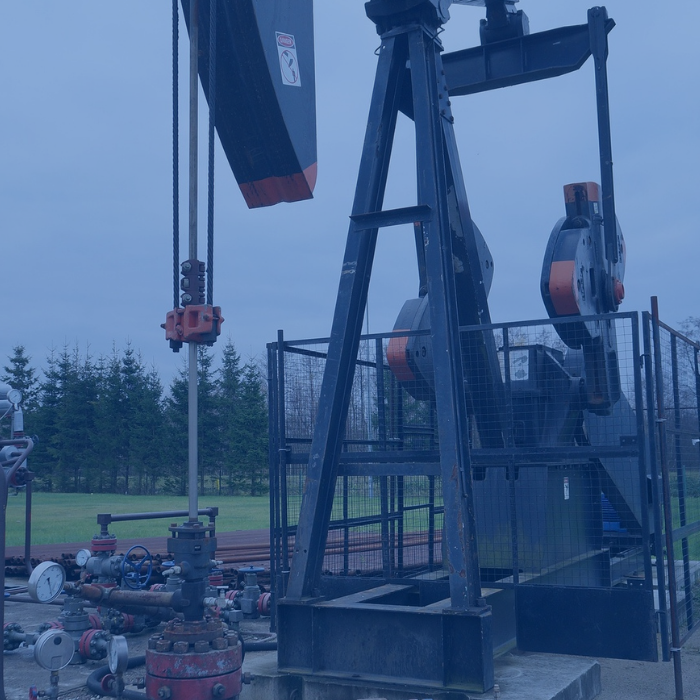

Endra Gunawan
As one of the countries that prone to earthquake occurrences, it is important to conduct research on environmental geoscience in Indonesia with the goal to reduce loss of human lives and infrastructures during disaster. The present condition, as reported by Scopus database, suggested that ~60-70% of environmental geoscience research was done in the western Indonesia (Java and Sumatra), compare to ~30-40% research in the eastern region (Bali, Nusa Tenggara, Sulawesi). This condition is contradicting with the present tectonic condition of Indonesia, indicated by total number of earthquakes occurred in the eastern region is greater the western one. Furthermore, two destructive earthquakes, i.e. the 2018 Lombok and Palu earthquakes, occurred in the eastern region. The death tools of those earthquake reach ~2000 people. Collapse of government office building, bridges, hotels and other important infrastructure unavoidable during the events. In our 1st year research, we started collecting Global Positioning System (GPS) data to investigate the fault source responsible to thee earthquake event. We have investigated the potentially earthquake prone areas by identifying the active faults in eastern Indonesia, associated to the 2018 Mw 7.6 Palu earthquake. We found that the rupture of the earthquake involved a 5 m surface ruptured as observed in the southern area of Central Sulawesi. Our finding was supported by the previous studies, such as Socquet et al. (2019), which showed that one-fault inland segment ruptured during the event. The output of the 1st year research has been presented in The International Conference on Disaster Management (ICDM 2019). We also submit the work as a book chapter identified with International Standard Book Number (ISBN), which is now currently under-reviewed. In the 2nd year research, we will investigate the impact of identified fault source towards neighboring active faults in the region, and its possibility for another devastating earthquake to rupture in the near future. Investigation of this active fault will be priorities on the stress condition following the mainshock. Modern instruments, such as GPS, Interferometric synthetic aperture radar (InSAR), and seismometer, will be used in the investigation. The combined data will be examined to understand the on-going deformation in the region. We propose that the output of this research can be very useful to be used as an input for seismic hazard assessment conducted by the Government of Indonesia for hazard mitigation purposes, especially in the eastern region of Indonesia. We plan to published the output of our 2nd year research in an International Journal index in Scopus with categorized as Q1/Q2 Scimago Journal Rank, such as Geoscience Letters journal.